Hair transplant at 20: is it too early?
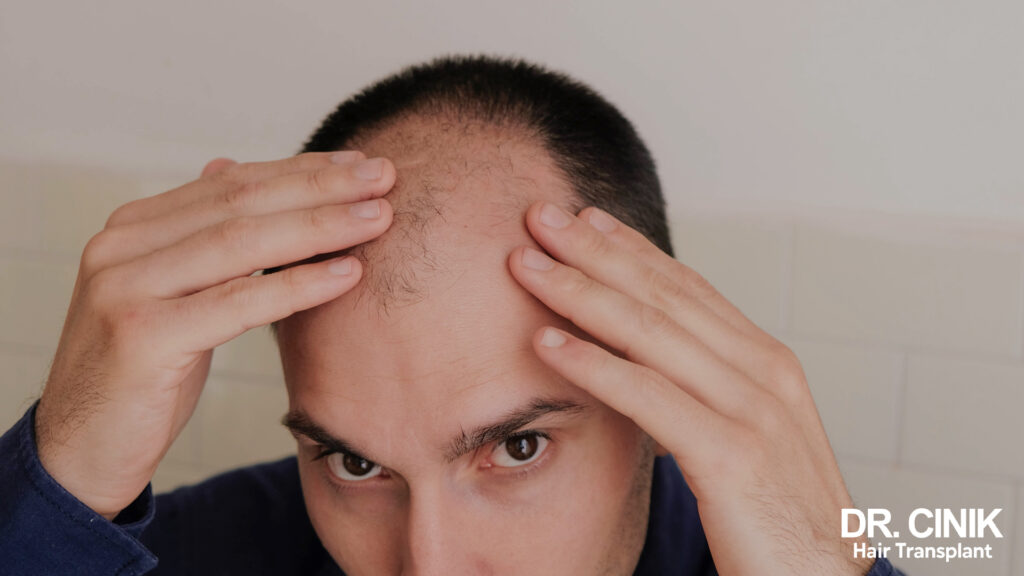
Sommaire
Losing one’s hair at a young age can be psychologically devastating. Faced with this challenge, many young adults see hair transplants as a miracle cure. But is it really the right option at 20? This decision, far from being trivial, deserves careful consideration. In this article, we explore the issues surrounding early hair transplants, focusing on a key factor that is often overlooked: stabilising hair loss.
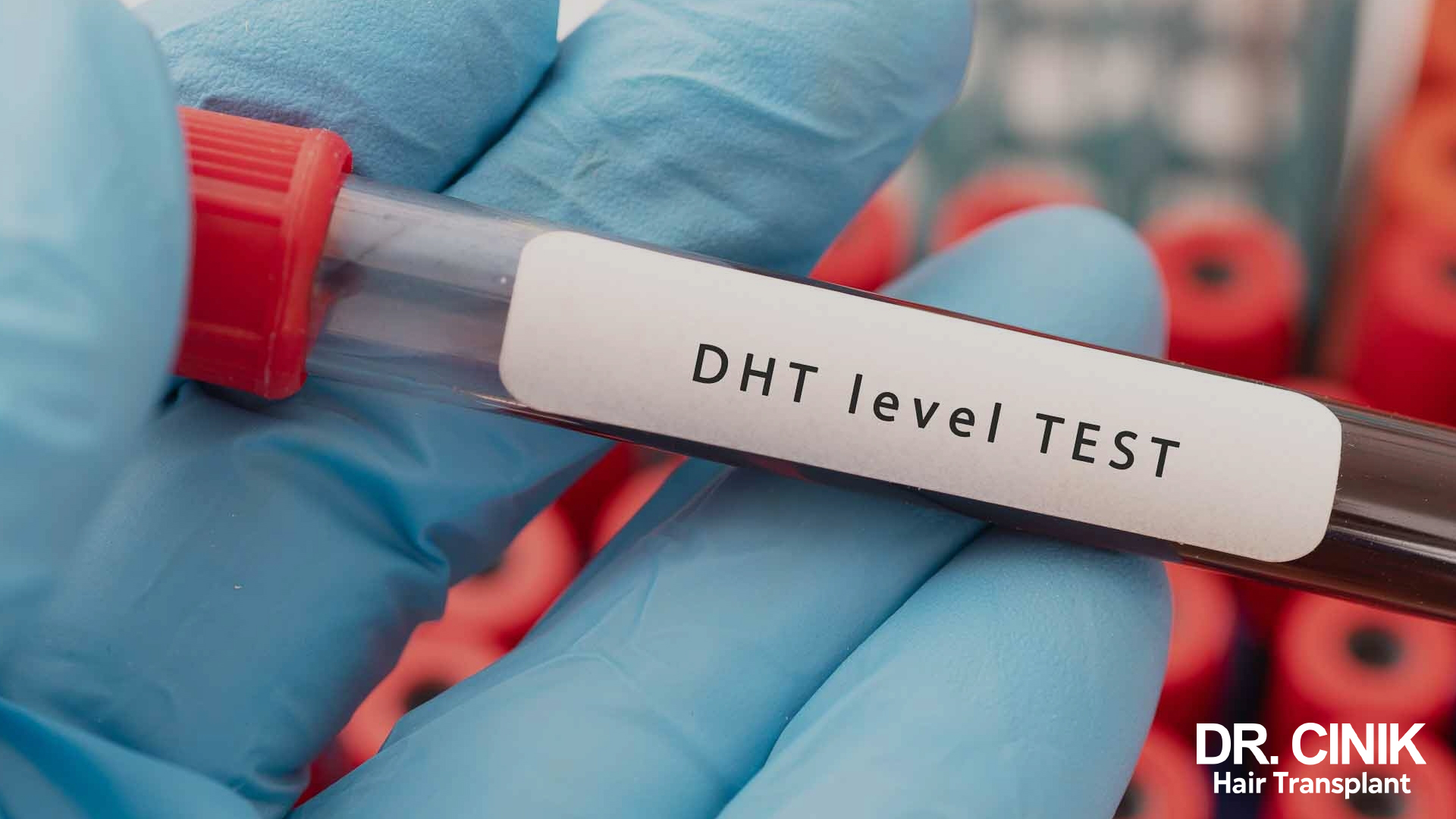
Understanding Hair Loss in Young Adults
Androgenetic alopecia, the main cause of premature baldness, results from a complex interaction between genetic and hormonal factors. In young men, it generally manifests as:
- A progressive receding hairline
- Thinning at the crown
- Gradual thinning of the hair
Dihydrotestosterone (DHT) plays a central role in this process, causing hair follicles to miniaturise. The progression of baldness varies considerably from one individual to another, making it particularly difficult to predict at the age of 20.

Stabilising Hair Loss: An Essential Step
Stabilisation of hair loss refers to the period when the shedding slows down significantly or stops. This phase is essential before considering a transplant for several reasons:
- It prevents the risk of unnatural results with the loss of new hair due to the natural progression of alopecia and the need for a second hair transplant.
- It allows more precise planning of long-term hair restoration.
- It increases the chances of obtaining aesthetic and lasting results.
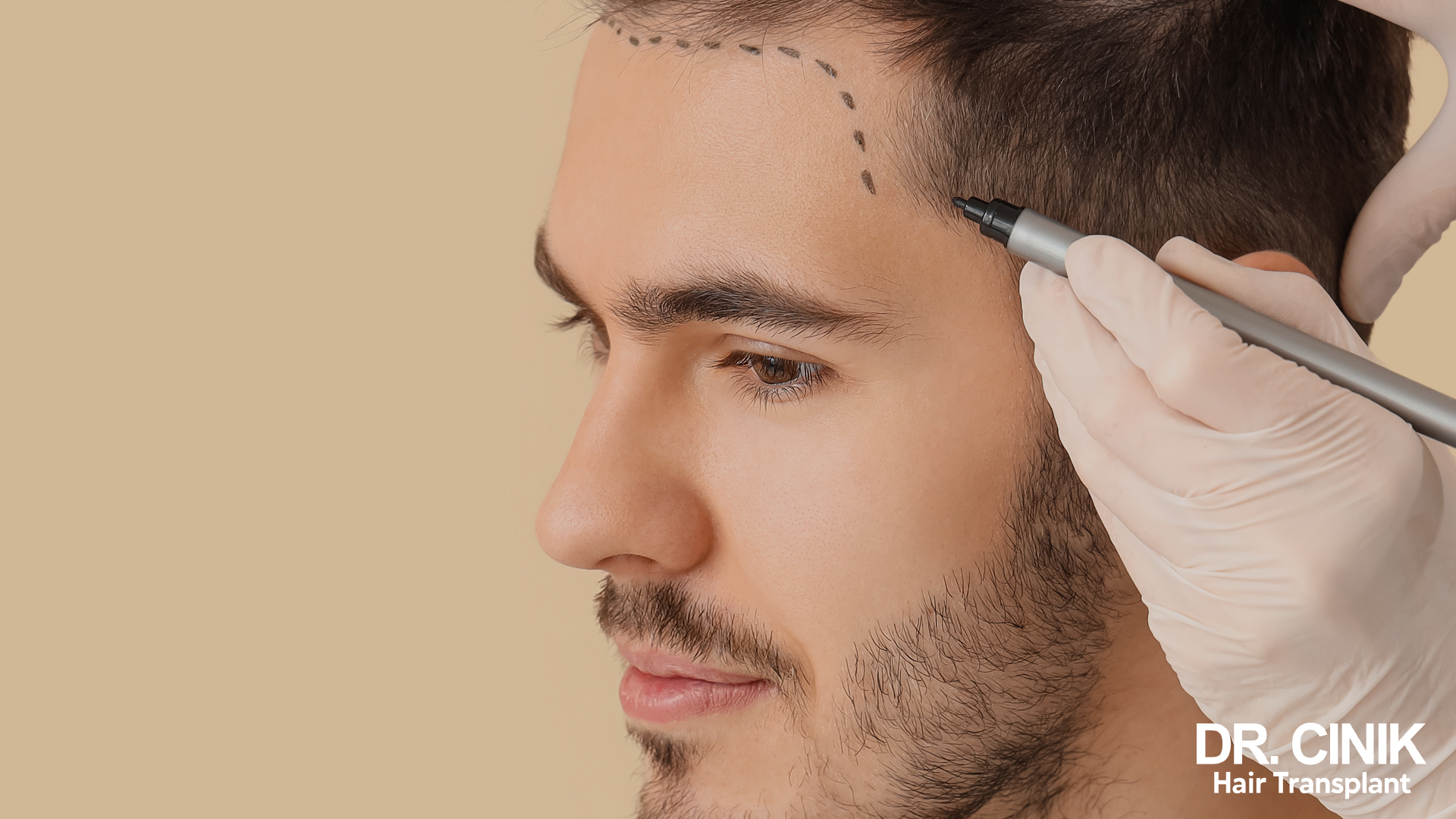
The Risks of a Hair Transplant Too Early
Premature surgery carries a number of significant risks:
- Unsatisfactory long-term aesthetic results: The progression of baldness around the grafted areas can create an unnatural appearance over time (Konior, 2013). This risk is particularly high in younger patients whose hair loss pattern has not yet stabilised.
- Premature donor zone depletion: Excessive use of donor zone follicles in early procedures can limit future hair restoration options (Avram et al., 2017). This can be problematic if baldness continues to progress.
- Need for multiple corrective interventions: Repeated grafting may be required to maintain the desired appearance (Kerure & Patwardhan, 2018).
- Negative psychological impact: A sub-optimal result can have significant psychological consequences for the patient, affecting self-esteem and quality of life (Liu et al., 2019). This aspect is often underestimated but can be just as important as physical complications.
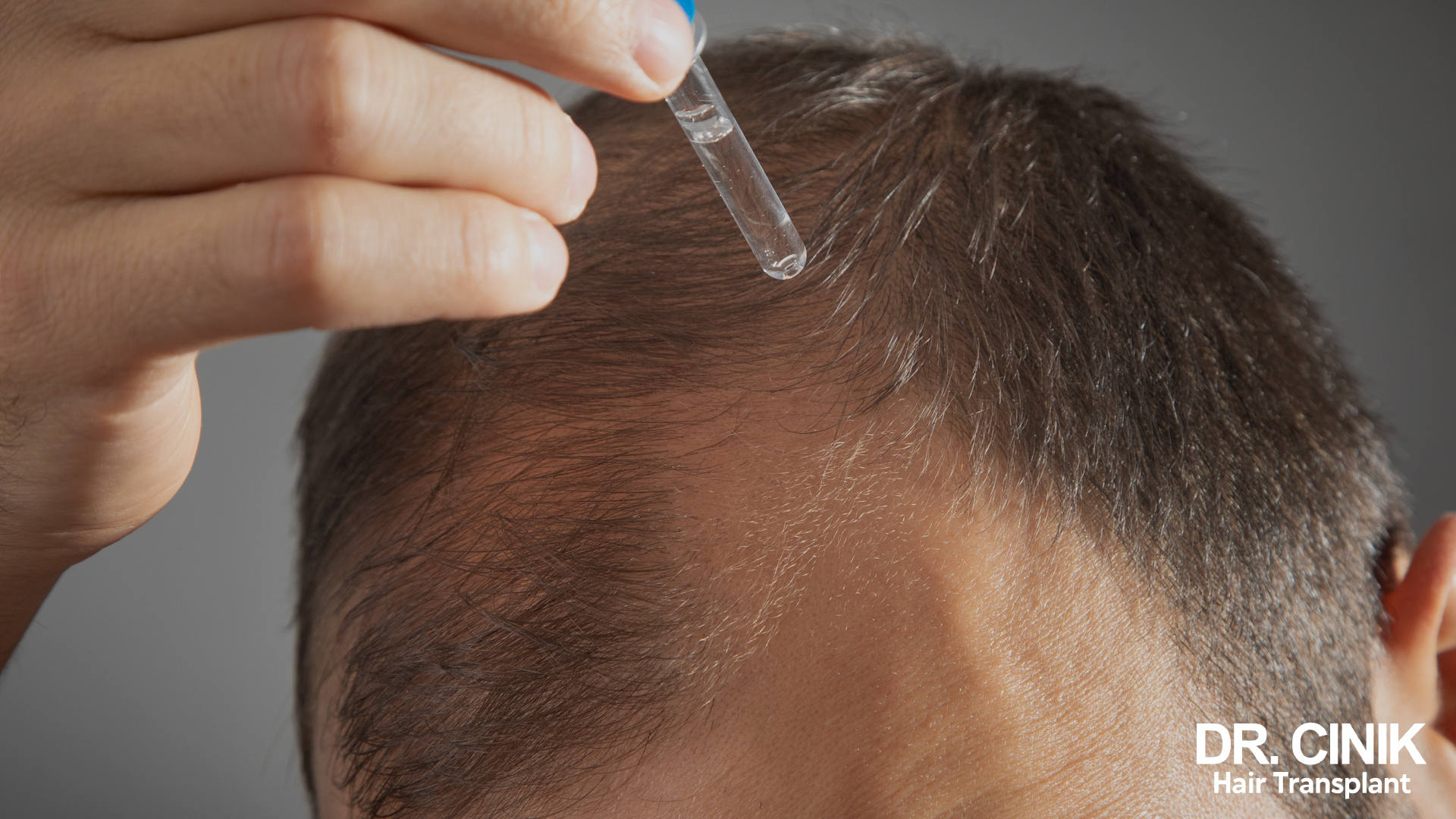
Alternatives to Transplantation for 20-Year-Olds
Several non-surgical options are recommended for young adults:
- Drug treatments:
- Finasteride: a 5-alpha-reductase inhibitor, which slows the conversion of testosterone to DHT, but has many undesirable side effects.
- Minoxidil: stimulates hair growth through vasodilation.
- Non-invasive therapies:
- PRP (Platelet Rich Plasma): using the patient’s own growth factors to stimulate follicles.
- Mesenchymal stem cell mesotherapy: injections of growth factors (vitamins and nutrients) produced by the patient’s own cells.
- Optimising lifestyle: A balanced diet, effective stress management, and adequate sleep all contribute to overall hair health.
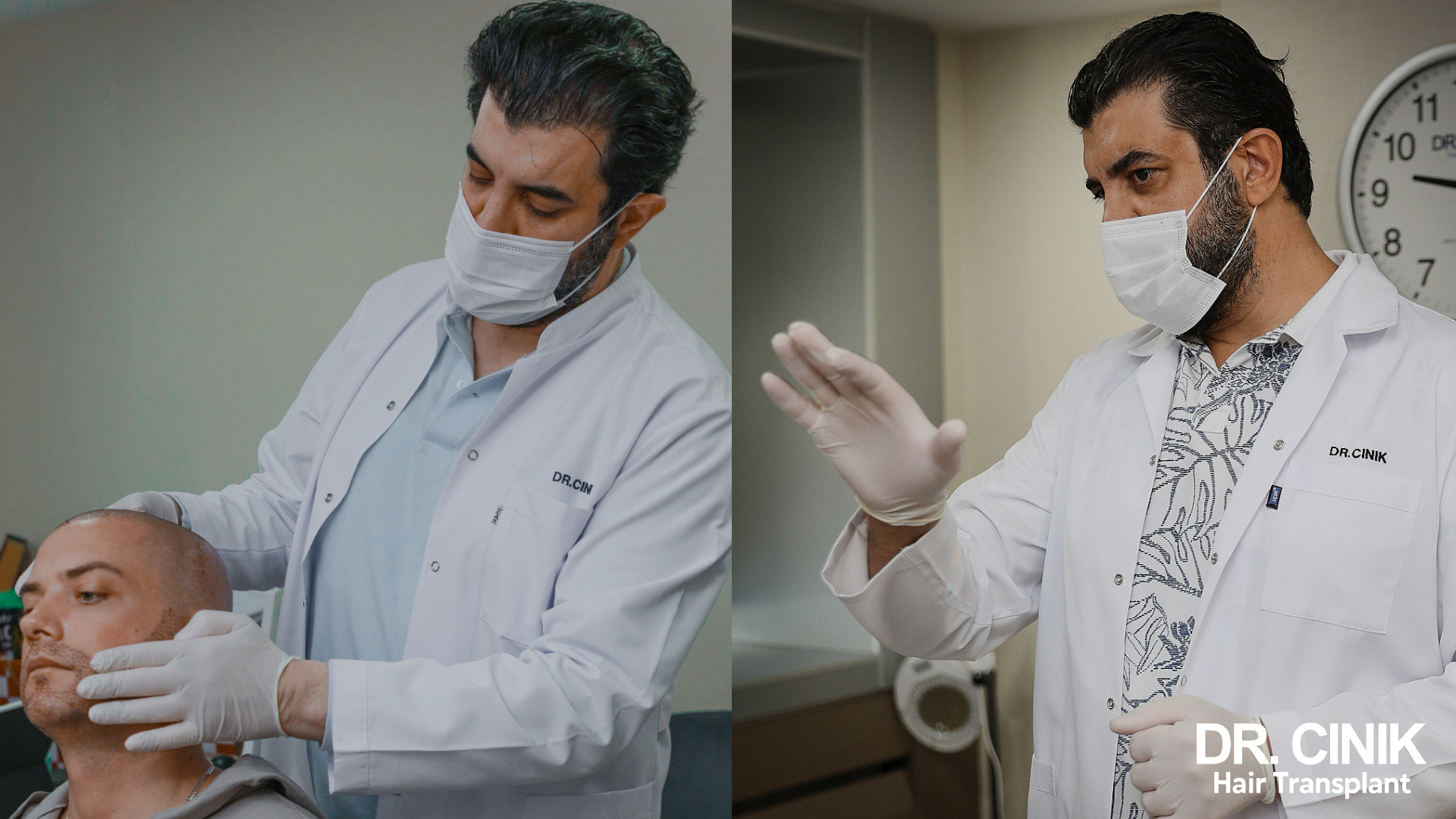
When Should a Hair Transplant Be Considered for a Young Adult?
In exceptional cases, a hair transplant may be considered for a young adult:
- In the presence of advanced and obviously stable hair loss.
- When the psychological impact on quality of life is severe and documented.
- After proven failure of conservative treatments.
A thorough consultation remains essential to assess the appropriateness of this option, adopting a particularly conservative approach for patients under the age of 25.
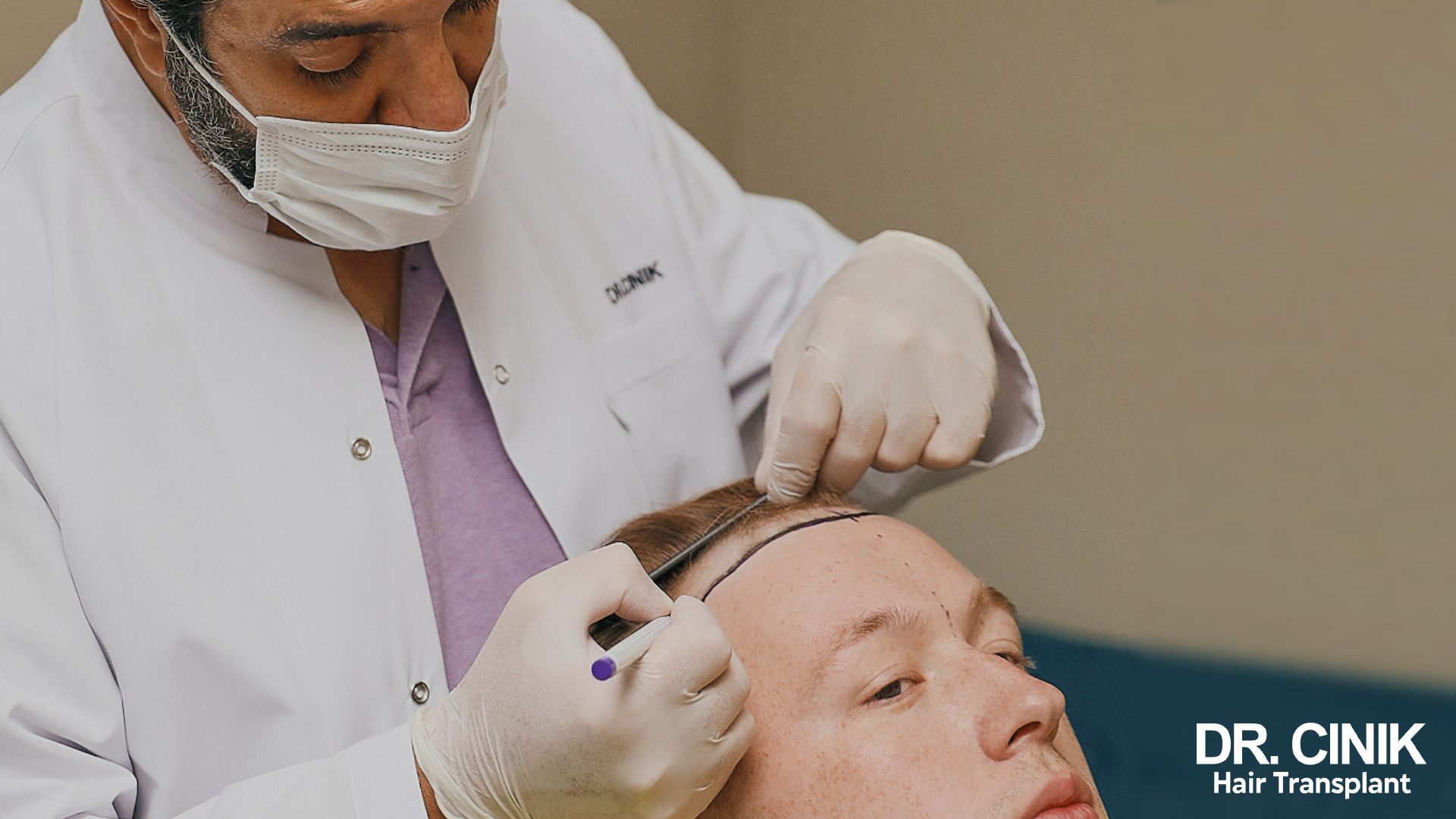
The Importance of a Professional Assessment
A consultation with an experienced hair surgeon like Dr Cinik is essential. This assessment should include:
- A detailed analysis of the hair loss pattern.
- A rigorous assessment of the quality and density of the donor area.
- A thorough discussion of the patient’s expectations and realistic long-term goals.
The practitioner’s transparency regarding the feasibility of the procedure and its potential risks is essential for informed decision-making (Konior & Simmons, 2013).
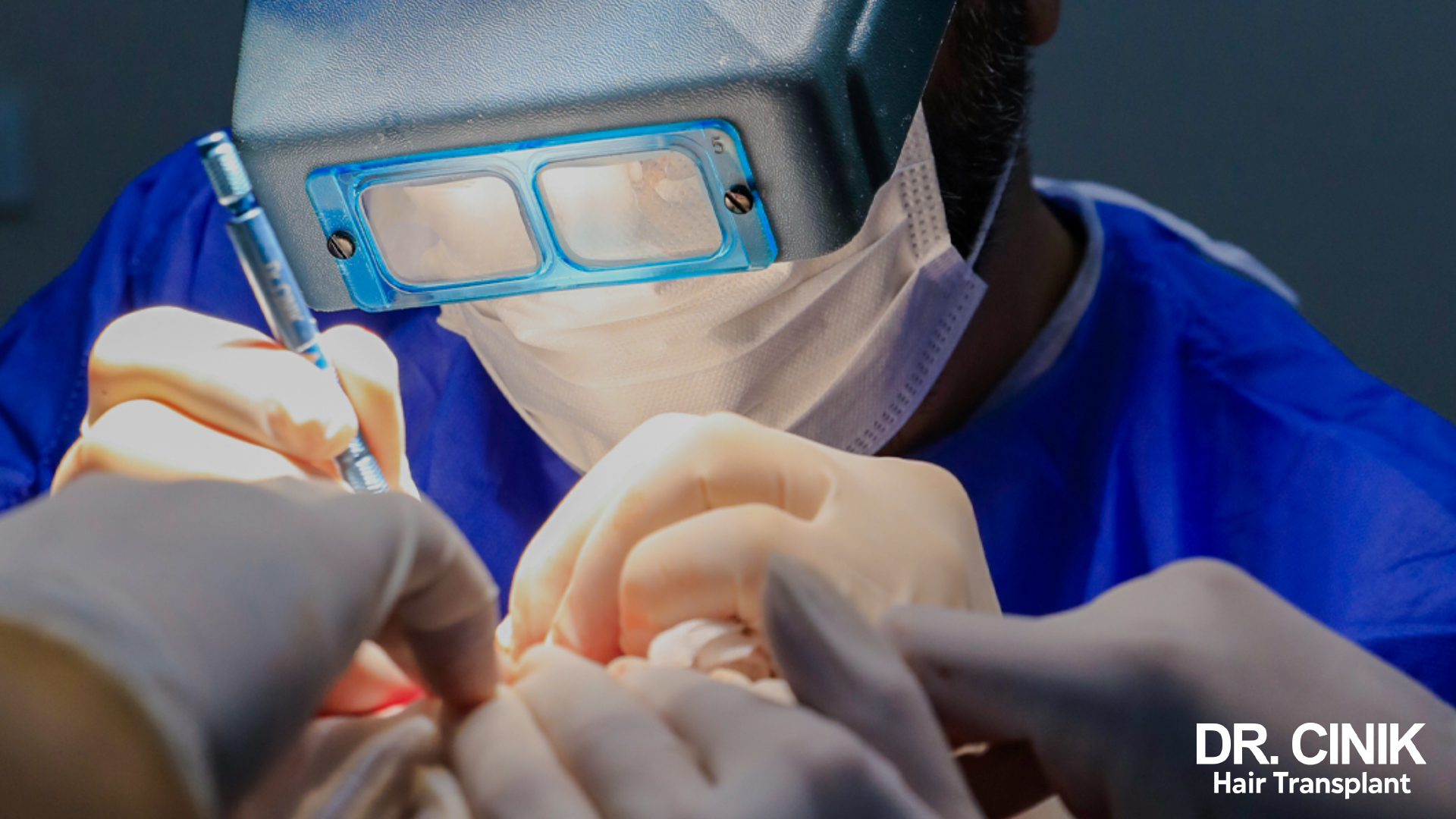
Dr Cinik’s Expertise: A Comprehensive Approach to Hair Restoration
Dr Cinik, a recognised hair transplant specialist, offers a range of advanced techniques tailored to the specific needs of each patient:
- Sapphire FUE: Using a sapphire blade for more precise incisions.
- DHI (Direct Hair Implantation): For direct implantation of follicles.
- Manual FUE: A personalised approach for meticulous extraction.
Each technique is accompanied by a complete package including the procedure, pre- and post-operative care, accommodation, and follow-up.
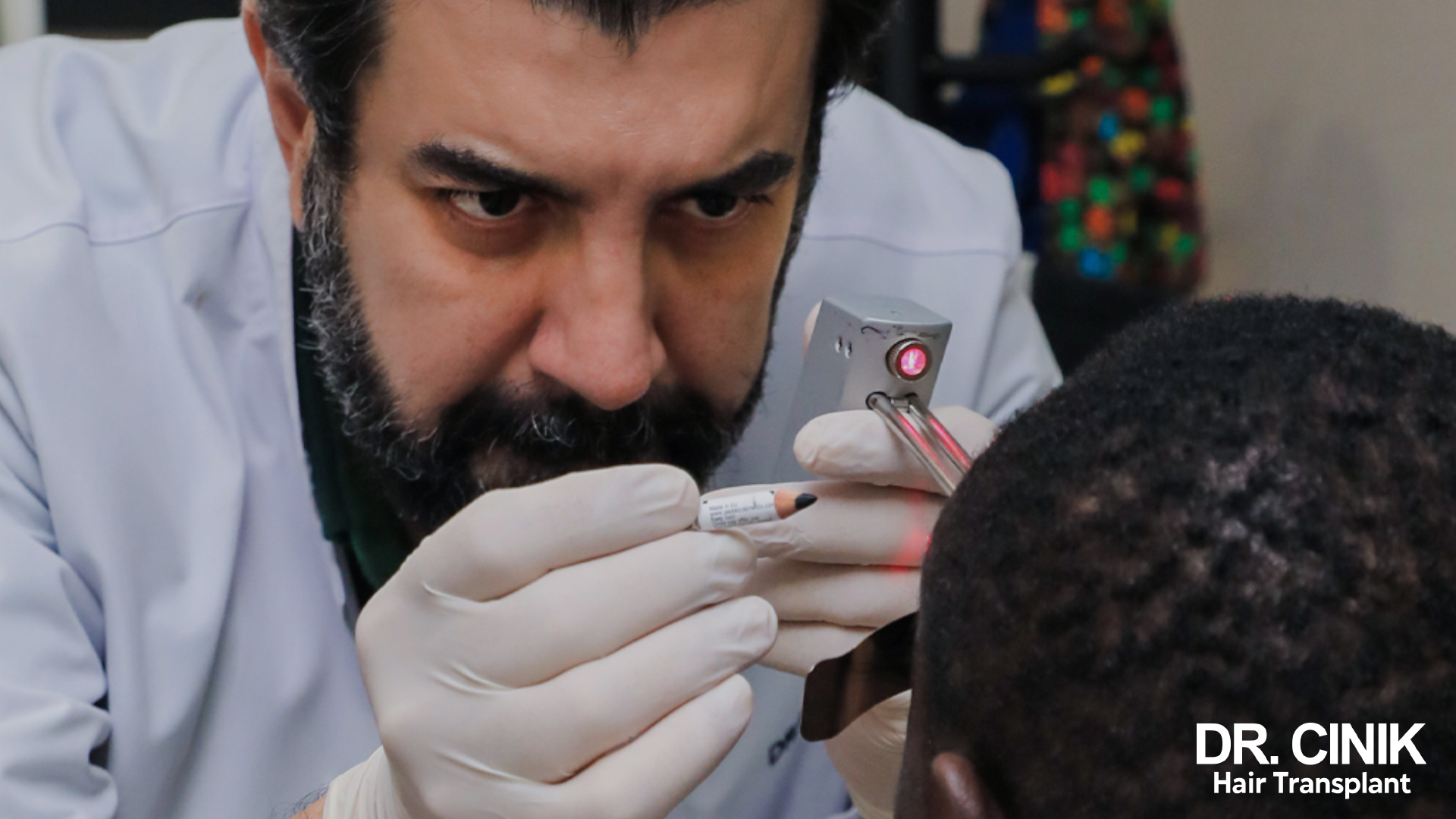
Long-term Hair Health Planning
A comprehensive, long-term strategy is essential when managing hair loss. Decisions taken at 20 years of age can have a significant impact on future treatment options. It is recommended to:
- Initially favour non-surgical approaches.
- Regularly monitor the progress of hair loss.
- Only consider surgery once hair loss has stabilised.
- Maintain regular medical follow-up to adjust treatment if necessary.
Conclusion
The decision to have a hair transplant at the age of 20 requires careful consideration and rigorous medical assessment. Stabilisation of hair loss remains a key factor in the decision-making process. Young adults experiencing early hair loss are strongly advised to consult a specialist, such as Dr Cinik, for a personalised assessment. With a patient and considered approach, combining conservative treatments with regular medical monitoring, it is possible to manage hair health effectively over the long term.
While Dr Cinik’s clinic is based in Turkey, many UK patients find the combination of expertise and cost-effectiveness attractive. However, it’s crucial to consider all options, including treatments available through the NHS or private clinics in the UK, before making a decision. Remember, when it comes to hair transplants at a young age, it’s better to err on the side of caution and explore all available options thoroughly.
References
Avram, M. R., Finney, R., & Rogers, N. (2017). Hair Transplantation Controversies. Dermatologic Surgery, 43, S158-S162. https://pubmed.ncbi.nlm.nih.gov/29064980/
Kanti, V., Messenger, A., Dobos, G., Reygagne, P., Finner, A., Blumeyer, A., … & Blume-Peytavi, U. (2018). Evidence‐based (S3) guideline for the treatment of androgenetic alopecia in women and in men–short version. Journal of the European Academy of Dermatology and Venereology, 32(1), 11-22. https://pubmed.ncbi.nlm.nih.gov/29178529/
Kerure, A. S., & Patwardhan, N. (2018). Complications in Hair Transplantation. Journal of Cutaneous and Aesthetic Surgery, 11(4), 182-189. https://www.ncbi.nlm.nih.gov/pmc/articles/PMC6371733/
Konior, R. J. (2013). Complications in hair-restoration surgery. Facial Plastic Surgery Clinics of North America, 21(3), 505-520. https://pubmed.ncbi.nlm.nih.gov/24017992/
Konior, R. J., & Simmons, C. (2013). Patient selection, candidacy, and treatment planning for hair restoration surgery. Facial Plastic Surgery Clinics of North America, 21(3), 343-350. https://pubmed.ncbi.nlm.nih.gov/24017976/
Liu, Y., Liu, F., Qu, Q., Fan, Z. X., Miao, Y., & Hu, Z. Q. (2019). Evaluating the Satisfaction of Patients Undergoing Hair Transplantation Surgery Using the FACE-Q Scales. Aesthetic Plastic Surgery, 43(2), 376-382. https://pubmed.ncbi.nlm.nih.gov/30607569/



